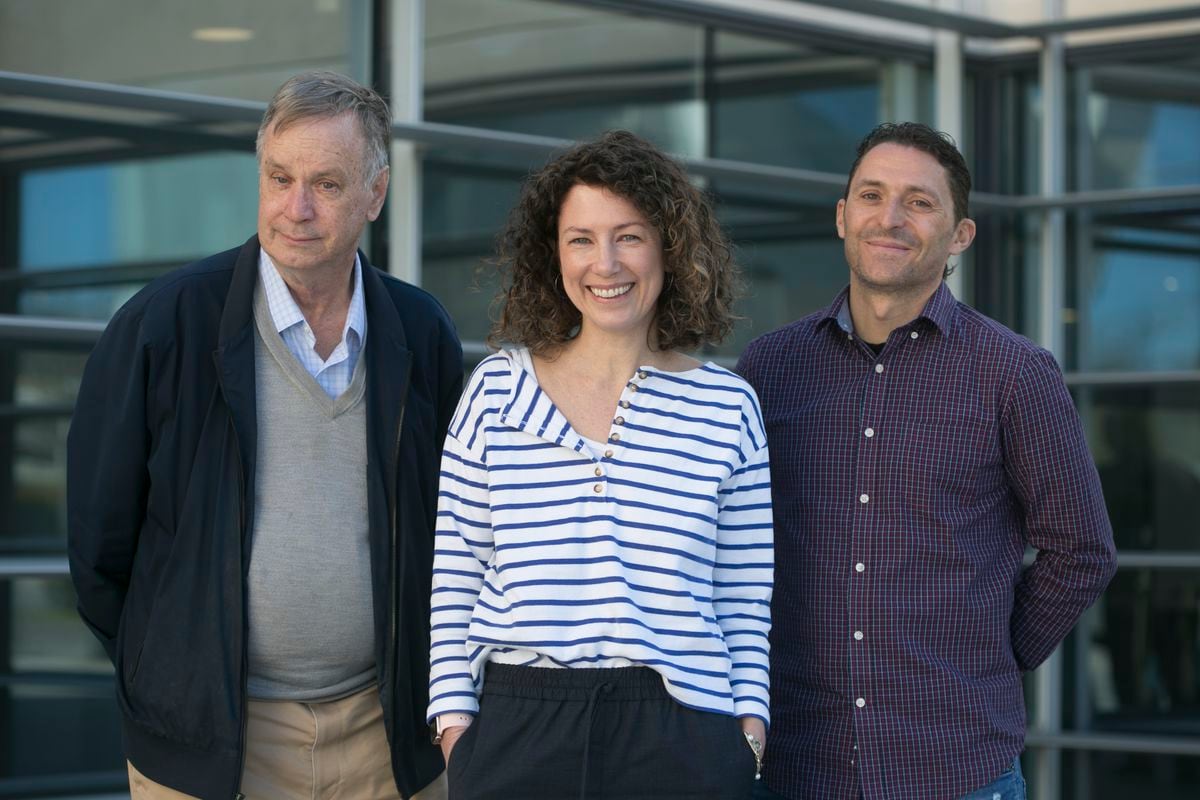The superhero who gives us a rare glimpse into the dark matter of the universe
Professor Wallace's particle accelerator is not fundamentally different from the one operated at CERN.
How is science fiction from a TV series influenced by real ideas that help us solve one of the most complicated puzzles of the universe?
Yaniv Yair, in collaboration with "The Technology", the technology division of Bank Hapoalim
07/28/2022
Thursday, July 28, 2022, 09:48
Share on Facebook
Share on WhatsApp
Share on Twitter
Share by email
Share in general
Comments
Comments
The superhero Flash (Photo: ShutterStock)
The "Star Labs" laboratory in the television series "The Flash" wanted to provide clean energy to the fictional city "Central City" and subsequently to the entire world, through the use of a particle accelerator.
The premiere was held on a night of stormy weather with a lightning storm gone awry, when Professor Wallace (the director of the lab) decides to put dark matter particles into the accelerator.
The move causes an explosion with a massive shock wave that exposes the city's residents to contact with the dark matter.
Barry Allen, a smart guy with good manners, a chemist who works as a technician of a nuclear power plant is exposed to the dark matter, is struck by one of the lightning bolts and materials that were next to him in the laboratory are spilled on him. He loses consciousness, and when he wakes up he discovers that his human abilities have received a tremendous boost, making him the Flash - a hero A person who can move at supersonic speed. Other people who were exposed to the shock wave, received superhuman enhancement for qualities that were inherent in them such as telepathy, the ability to produce radioactive radiation, advanced thinking, hypnosis and more.
The CERN particle accelerator (Photo: ShutterStock)
This is real?
This scenario, which is the basis of the plot of The Flash, is fictional, but based on completely realistic scientific principles.
To understand them, you have to wait for the evening and look at the sky.
According to Newton's law of gravitation, the trajectory of any object in space and its speed are mainly influenced by its gravitational force, that of objects that are close to it, its mass and the distance from the attracting object.
But according to studies done on the solar system back in the late 1930s, it turns out that the stars do not obey this law.
They just move a lot faster than expected.
So was Newton wrong or did we miscalculate?
The question was defined as the "missing mass problem".
According to the science and tools available today, it turns out that the real mass of the stars is about 10 times greater than what was estimated at the time, when they watched the stars move.
The missing mass (about 87% of all matter in the universe), the researchers attributed to the existence of "dark matter" - matter with mass, invisible that does not react to itself or other matter.
move between universes
The creators of The Flash were well aware of the theory and decided to play with it.
If we don't know how the substance behaves, it is possible to imagine and invent what will happen to humans with direct exposure to it - for example, they will gain the ability to move at supersonic speed.
But the game with physics did not end there.
The CERN particle accelerator is built in a circular shape, so that it is possible to make particles collide at high speed with each other, and create new particles.
Beyond the inspiration for the lab that opened the story, this model was also copied to a floor in the Flash's office building.
There he can run fast enough to create wormholes and move through time and between universes.
So we still don't have people who can move supersonic, and probably won't be in the foreseeable future.
But if the particle accelerator in Switzerland meets its goals, as did the accelerator of Professor Walls, we will be able to break through the limits of the universe that we know today in every visible field.
technology
news
Tags
Bank Hapoalim






/cloudfront-eu-central-1.images.arcpublishing.com/prisa/TMO34TYLKQEG5UOPIQW2M742GU.jpg)


